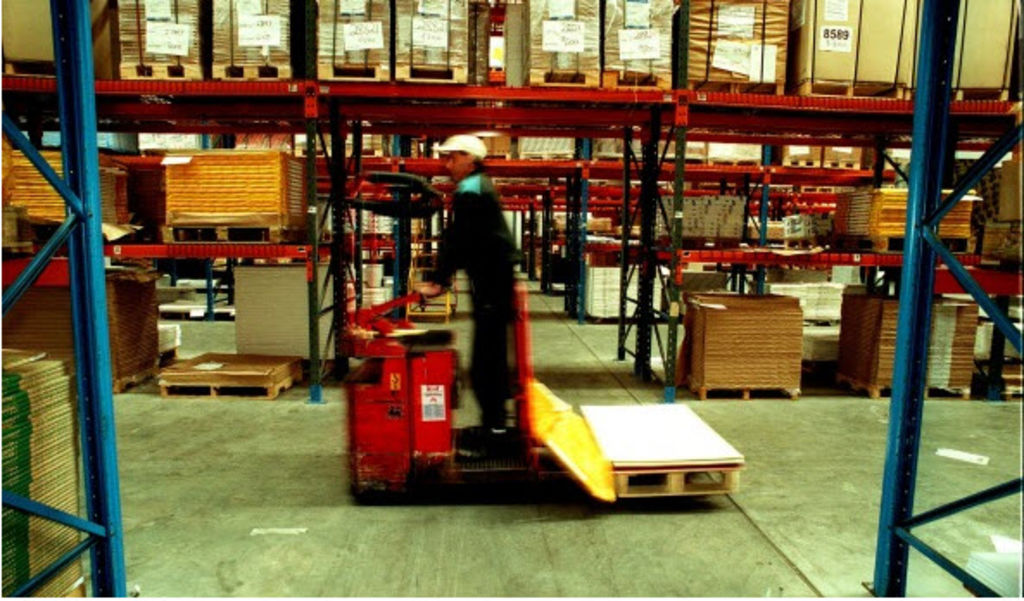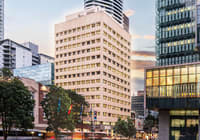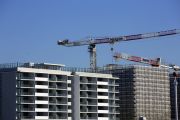
High industrial prices to prompt more asset sales, JLL says
Unchecked demand for industrial property assets, which drove transaction values to a new high of $6.89 billion last year, will prompt further sales this year, particularly by corporate owners who lease their own properties back.
The growth in demand, which pushed sales up from the previous record – set just a year earlier – of $6.56 billion and to nearly double the 10-year average of $3.57 billion, will be stoked in part by the country’s booming civil infrastructure spend that will raise the value of existing assets, JLL’s Australian Industrial Investment Review 2017 says.
“Sale and leaseback deals remained the theme in 2016 and we expect to see an increased frequency of this type of deal in 2017,” said Michael Fenton, JLL’s head of industrial for Australia. “Given the stage of the cycle, corporates will look to capitalise on current pricing to sell existing assets while fund managers will continue to pay premiums for stabilised income profiles – bringing forward more sale and leasebacks.”
Sydney and Melbourne dominated the industrial market, accounting for more than 77 per cent of the national sales volume.
Institutionalisation rapid
“Australia’s industrial market has undergone a rapid institutionalisation over the past decade,” Mr Fenton said. “Portfolio transaction volumes have risen by an annual average of 155 per cent since 2013. Such growth, in part, was a function of the increased offshore demand for Australian logistics assets.”
Last year, $2.9 billion (or 39 per cent) of the total was capital from direct offshore investment.
Sydney and Melbourne are still high-growth markets, but pricing will be accordingly sharp, JLL said. Brisbane and Perth will present counter-cyclical opportunities, with rental contractions subsiding in the year.
The continued strength was sustainable, JLL said.
“The good news is that supply conditions between now and previous construction peak are markedly different,” senior industrial analyst Sas Liyanage said.
“Firstly, this year’s expected supply is approximately 34 per cent below that in 2006 to 2008. Secondly, the majority of new stock coming online is being absorbed by the market. During the previous peak, 34 per cent of the newly-built space was vacant upon completion. This year, we are running at an unleased rate of 13 per cent for assets completed or under-construction.”










